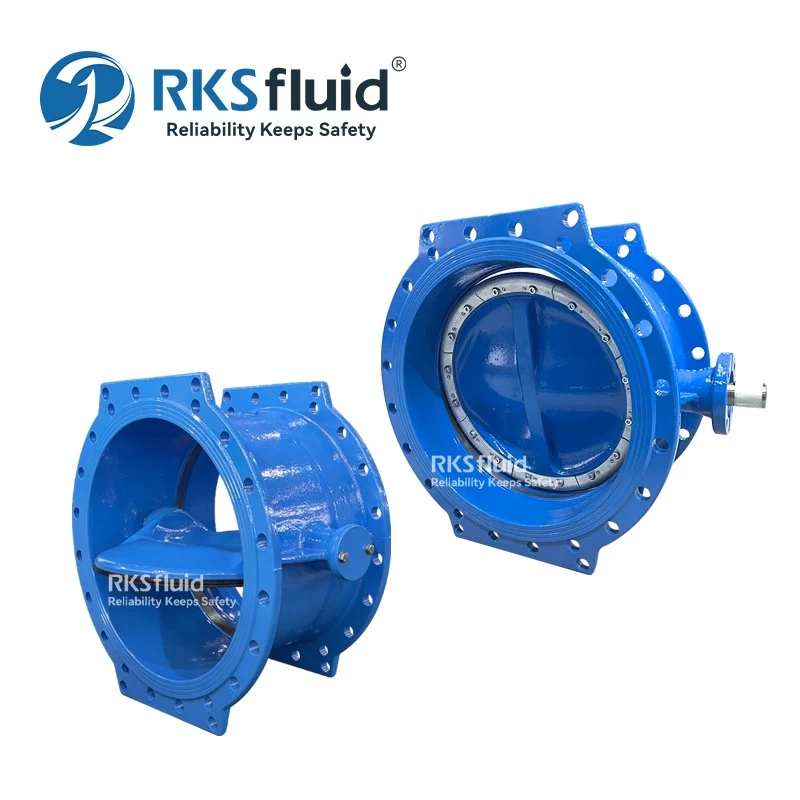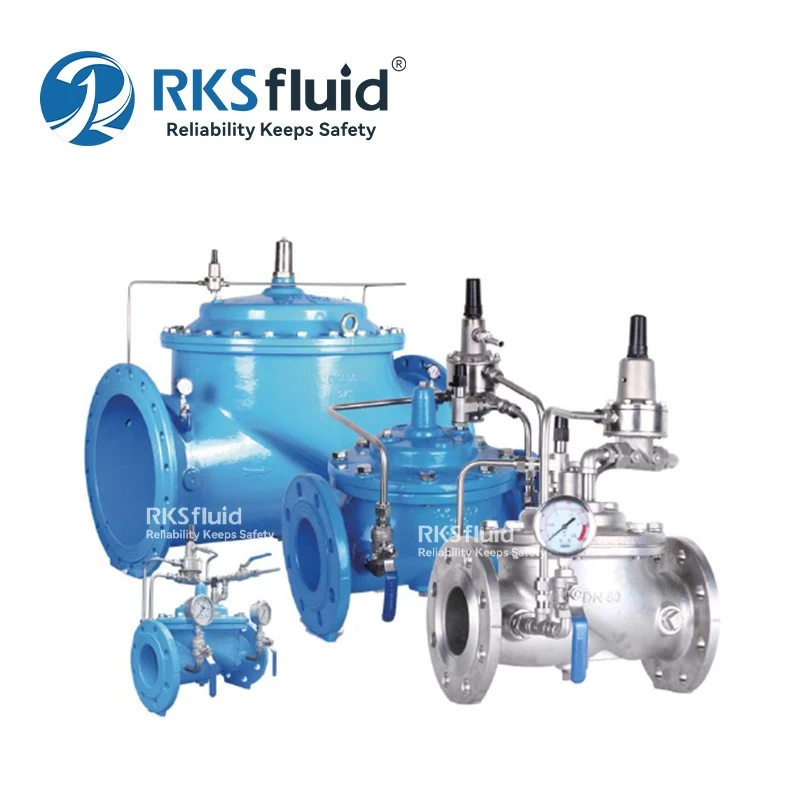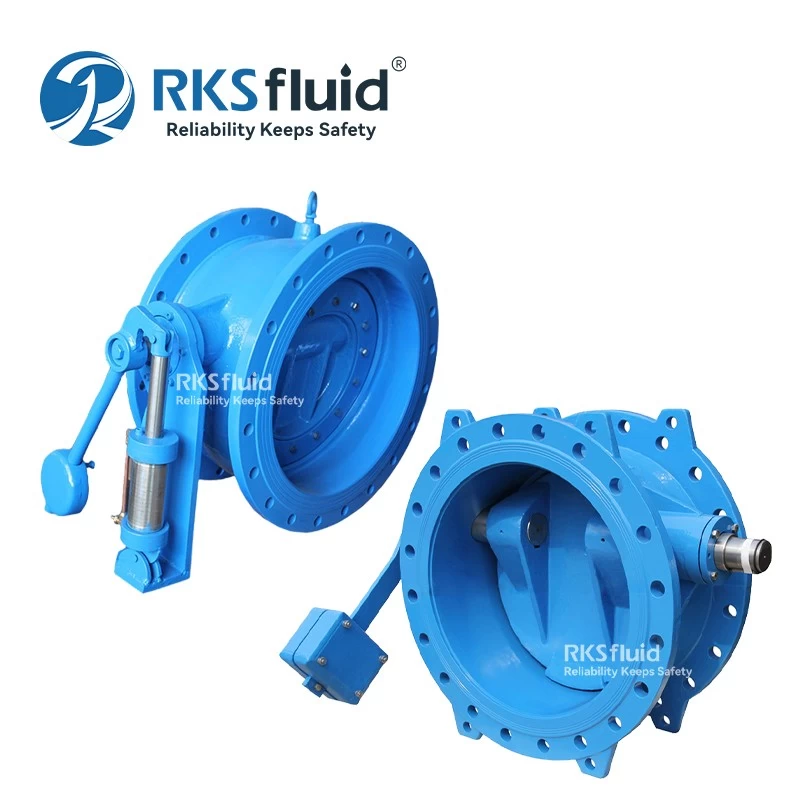- Main Product
- Contact Us
-
RKSfluid Flow Control Company
Web: www.rksfluid.com
Tel: +86 24 2318 0188
Fax: +86 24 2318 0788
Mail: info@rksfluid.com Contact Now
- Subscribe
-
Get email updates on new products
News
Understanding the Use of Pressure Reducing Valves in Industrial Applications
Pressure reducing valves (PRVs) are essential components in many industrial and commercial applications, including water treatment plants, oil and gas pipelines, and HVAC systems. These valves work by regulating the flow of fluid and maintaining a constant output pressure.
The PRV is typically installed on the downstream side of a higher pressure system, and its function is to reduce the pressure to a lower level before being supplied to downstream devices or systems. The valve operates by sensing the downstream pressure and adjusting the valve opening to maintain a specific output pressure. If the downstream pressure rises above the set point, the valve closes partially, reducing the flow rate and limiting the output pressure. Conversely, if the downstream pressure drops below the set point, the valve opens wider to increase the flow rate and raise the downstream pressure.
PRVs can be adjusted to achieve a specific output pressure, and they typically have a range of output pressures they can maintain. This makes them essential for maintaining a precise and stable pressure in many industrial processes. For example, in water treatment plants, PRVs ensure that the water is delivered at the correct pressure to filtration systems, ensuring proper purification. In HVAC systems, PRVs maintain a consistent flow of air, enabling air circulation to cool or heat indoor spaces effectively.
In conclusion, pressure reducing valves play an important role in many industrial and commercial applications, regulating the flow of fluids and maintaining a constant output pressure.











